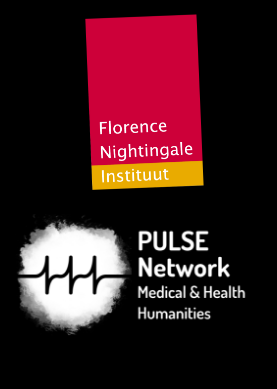Cleaner canals in Amsterdam during lockdown
The water quality of Amsterdam’s canals had already improved significantly in recent years as could be seen in the higher oxygen levels, higher levels of nutrients and the decreasing number of pathogens. The improvement in water quality is mainly due to better sewage systems, moving water purification processes downstream and connecting approximately 2800 houseboats to the sewer system. Yet the canals of Amsterdam changed considerably during corona. The water transparency of the Amsterdam canals increased by more than one to one and a half metres once boats were no longer allowed to move. This meant that it was very quiet on the water, which was good news for aquatic life forms. It was an amazing thing to behold, you were actually able to see the bottom of the canal, watch the fish and observe the growth of aquatic plants such as the yellow water lily. Some of the canals had green algae for the first time, from May till June which turned the water very green and resulted in high oxygen levels in the water during the daytime. In previous years, algae would come from Amstelland but they would quickly degrade resulting in low oxygen levels. All these phenomena disappeared the day boats were allowed to cruise the canals again. The waterways became busy once again, the water became murky and less transparent. So lockdown did not result in a lasting improvement of the water quality in the Amsterdam canals but it did show us that water quality could be further improved. Three months was not enough to allow the yellow water lily to spread for example. This would have taken at least a couple of seasons. It is clear that nature needs space in order to grow and this also applies to life in the Amsterdam canals. We can play our part in improving the water quality somewhat in the future by sticking to a maximum cruising speed of 6 km/hour, taking rubbish home or throwing it in the street bin, and by allowing fewer jetties that stop light penetration.
























































